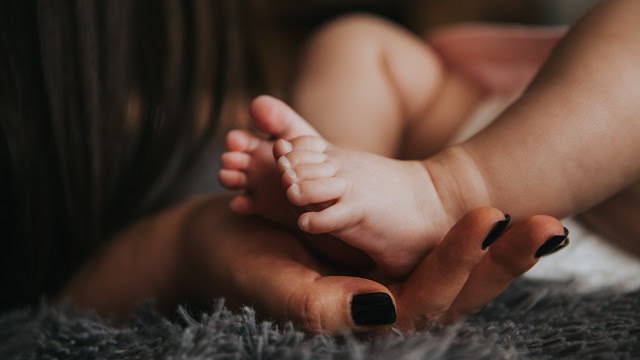Louise Brown, dubbed the world's first "test-tube baby," was born on July 15, 1978, ushering in modern IVF fertility treatments. However, the concept of IVF (or in vitro fertilisation, or fertilization outside of the womb) goes back to 19th-century early trials.
We look at the history of IVF in our guide to its development, from where it all began.
Context
- The Early Pioneers
- Laboratory Success
- In humans, The First IVF Procedure Occurred
- The World's First IVF Baby Was Born in 1978
- The IVF Story Today
The Early Pioneers
In 1878, Austrian embryologist Samuel Leopold Schenk investigated the concept of animal artificial fertilization, utilizing gathered eggs and sperm from rabbits and guinea pigs, as the groundwork for future IVF treatments was laid. Schenk discovered that it is feasible for cell division to take place outside of a mammal's body as a result of these studies.
In 1933, scientists Gregory Pincus and Ernst Vinzenz Enzmann developed the technique of reproductive cloning in rabbits, resulting from their attempt to implant eggs into a rabbit's uterus. In addition, the egg was put in before fertilization took place, implying that it occurred within (in vivo) rather than outside (in vitro) the body.
Laboratory Success
It all started in the United States in 1959 when scientists proved that in vitro fertilisation could result in a live birth. Scientist Min Chueh Chang of the Worcester Foundation for Biomedical Research showed that immature eggs (known as oocytes) fertilized outside the body and then transplanted into the uterus were capable of forming living children.
However, rabbits were used in the experiment, and it would be more than ten years before human IVF was successfully transferred to them.
Related: Top 10 Best Gift For 6 Years Old Girl
In humans, The First IVF Procedure Occurred
Australian scientists, Carl Wood and John Leeton accomplished the first IVF pregnancy in 1973. However, after a few days, the pregnancy ended in tragedy. In 1978, UK doctors Patrick Steptoe and Robert Edwards discovered an ectopic pregnancy after three years of attempting the first human IVF pregnancy that had previously failed. They were getting close.
The World's First IVF Baby Was Born in 1978
Professors Steptoe and Edwards set out to help an Oldham family, Lesley and John Brown, who had been struggling with infertility for some time. Steptoe and Edwards were ultimately successful in implanting a fertilized egg that term.
In 1978, the world's first live birth as a result of IVF, 'test-tube baby Louise Brown was born in Oldham General Hospital, Greater Manchester. This tiny infant was the beginning of a brave new world of IVF babies, and the start of a groundbreaking fertility treatment that would help millions of couples around the world.
Related: 6 Month Baby Milestones
The IVF Story Today
Since the rebirth of Louise Brown in 1978, approximately 8 million IVF children have been produced worldwide, with a lot visiting IVF clinics in London. And from low success rates of only 12%, medical breakthroughs have resulted in significantly higher rates, with around 53% nowadays.
With the advent of egg freezing, IVF treatment has become more patient-friendly. A single egg harvesting procedure with cryo-freezing technology can now generate enough embryos for numerous cycles of therapy, making it much easier to conceive after unsuccessful fertility treatments.
There are many options for getting pregnant in paradise. Couples may choose from several fertility treatments to help them have their own family.

